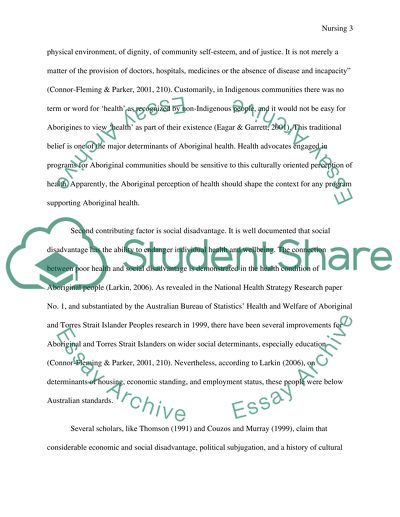Cite this document
(“The Current Health Status of Aboriginal Australian Population Essay”, n.d.)
The Current Health Status of Aboriginal Australian Population Essay. Retrieved from https://studentshare.org/nursing/1434169-examine-factors-that-contribute-to-the-current
The Current Health Status of Aboriginal Australian Population Essay. Retrieved from https://studentshare.org/nursing/1434169-examine-factors-that-contribute-to-the-current
(The Current Health Status of Aboriginal Australian Population Essay)
The Current Health Status of Aboriginal Australian Population Essay. https://studentshare.org/nursing/1434169-examine-factors-that-contribute-to-the-current.
The Current Health Status of Aboriginal Australian Population Essay. https://studentshare.org/nursing/1434169-examine-factors-that-contribute-to-the-current.
“The Current Health Status of Aboriginal Australian Population Essay”, n.d. https://studentshare.org/nursing/1434169-examine-factors-that-contribute-to-the-current.


